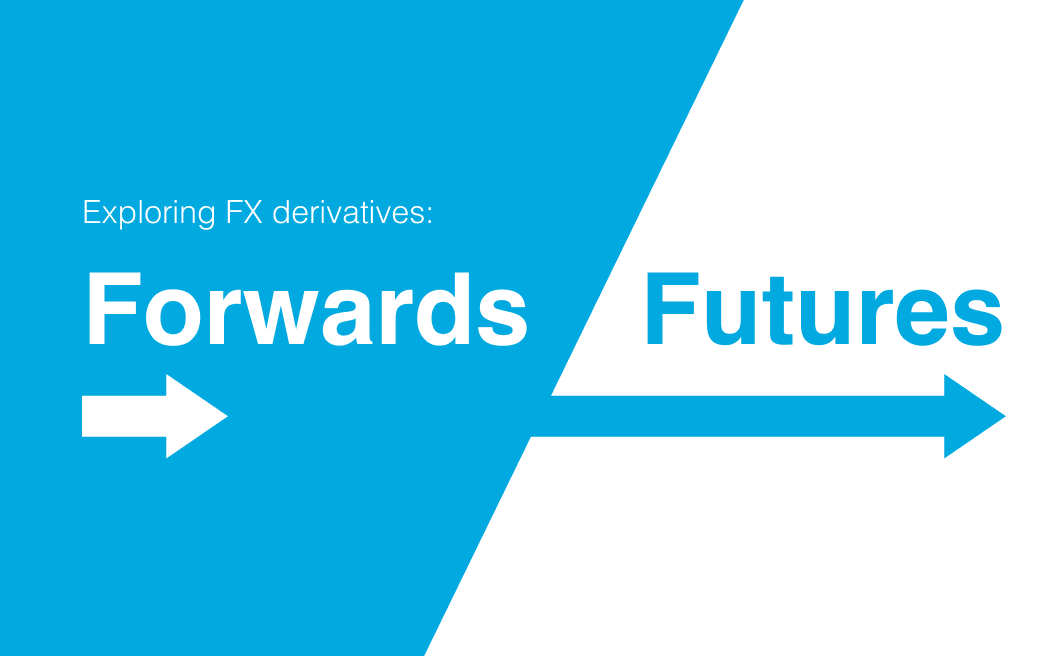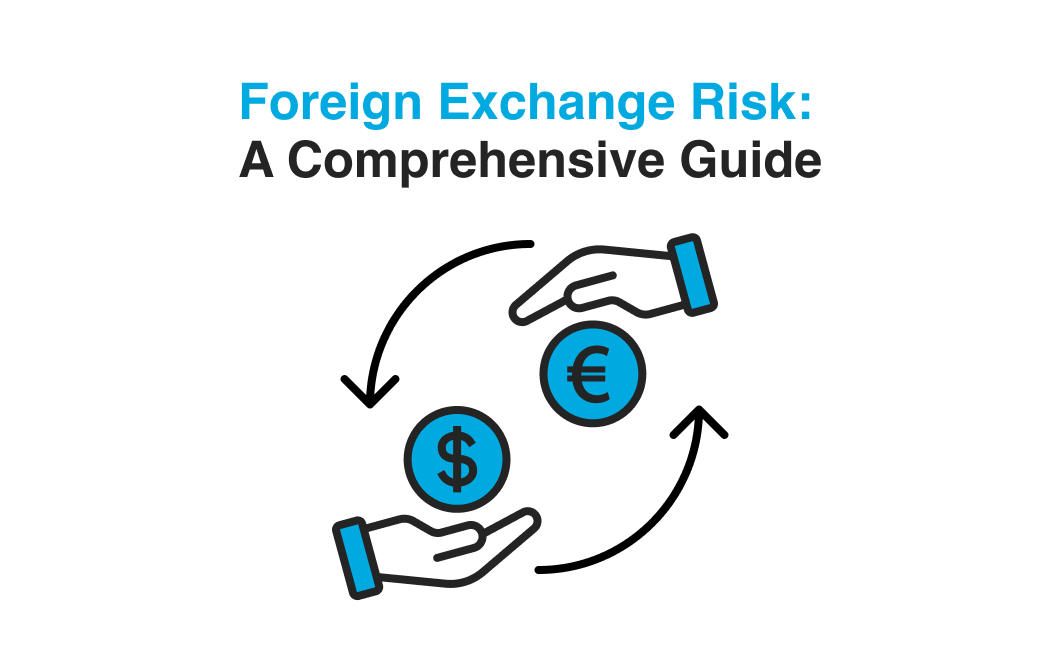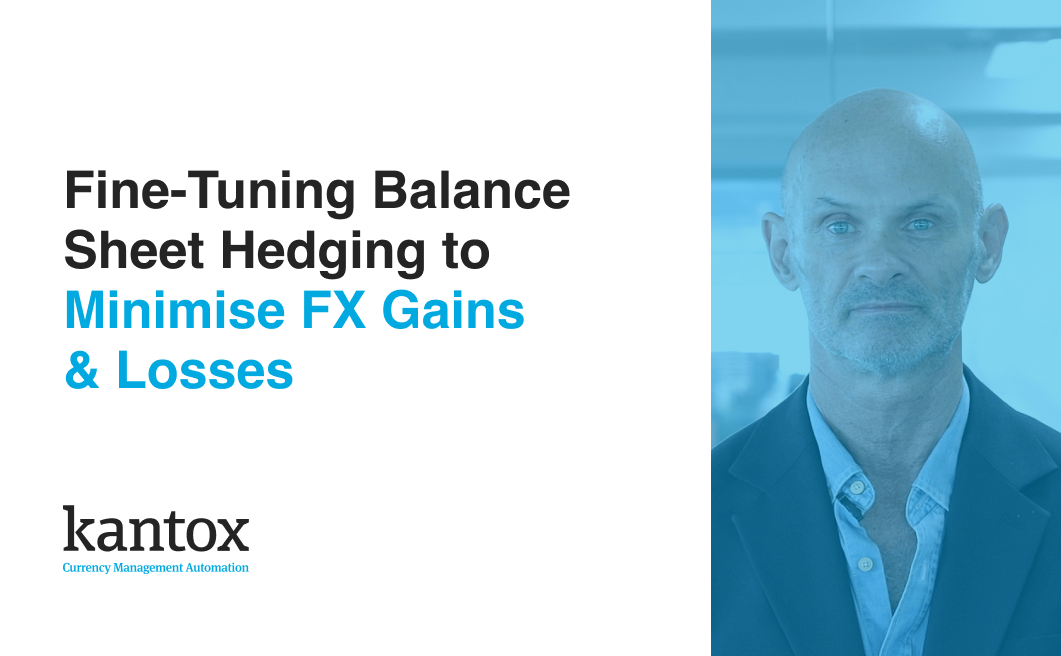Discover essential FX hedging strategies and currency management best practices from our foreign exchange experts.
The Secrets Behind ‘Hedging the Budget’
Should companies hedge the foreign exchange (FX) risk in their budgets? If so, what type of hedging programs should they implement? These questions, addressed during a recent Kantox webinar, are increasingly relevant in a world where forecasts are less reliable and the need for flexibility becomes ever more pressing.
In FX hedging, as in many aspects of life, there is no “one size fits all” solution. The good news is that many different hedging programs —and combinations of programs— can be implemented to protect company budgets from currency risk.Budgets, campaigns and budget ratesBudgets are business plans expressed in financial terms, usually prepared for a one-year period with sub-periods of a month. What FX rate should a company use for its budget? Common practices include the current spot rate, the current forward rate, an off-market rate, or a market-consensus rate. Even if a firm does not use an explicit benchmark, its budget necessarily contains at least an ‘implicit’ FX rate if foreign currency-denominated transactions are planned.For firms that set stable prices for the year at the start of their annual budget, the budget coincides with the annual ‘campaign’. In this case, protecting the budget rate is the same as protecting the campaign rate. However, in firms that conduct more than one campaign per budget period —for example, a fashion company with several collections or ‘seasons’ per year— an important distinction arises. To the extent that they need to protect a budget rate, this rate should be the budget rate of each individual campaign, rather than the annual budget rate.Pricing dynamics and hedging goalsTo gain a better understanding of budget hedging, we need to dig deep into the pricing dynamics of each company. Can a firm use pricing as a hedging mechanism? Or does it conduct its campaigns with stable prices displayed on a catalog? Is an FX rate systematically part of its pricing parameters? Can it pass on the impact of sharp intra-period currency moves —also known as ‘cliffs’— to its end customers? These dynamics need to be carefully assessed before closing in on a hedging program. The overriding goal of a program aiming to hedge the budget, as Antonio Rami, Kantox’s co-founder and Chief Growth Officer explained during the webinar, is to achieve a hedge rate that is at least equal, if not better, than the campaign rate. Firms also need to avoid situations of over- or under-hedging. The challenge for corporate treasurers is to achieve these goals in a systematic way, meaning: (a) targets must be consistently accomplished over time; (b) the goals of the program must be clearly communicated across the enterprise in as much detail as possible.

The best programs to hedge the budgetThanks to FX automation, a wide array of budget hedging programs is available for ‘FX sensitive’ firms, i.e., businesses with low profit margins and/or a considerable weight of foreign currencies in their operations. The details of each program vary according to the pricing dynamics, the markets served by the firm, and the location of competitors. Budget programs also take into account the company’s sources of information, IT systems, degree of cash flow visibility, and key decision makers (their risk tolerance, their familiarity with different risk management styles, etc.)Finally, the design of a budget hedging program should reflect three additional factors:
- (a) the ‘tolerance’ vs. the budget rate, i.e. management’s willingness/ability to use a more conservative budget rate than the market rate at the time of setting the budget;
- (b) the situation in terms of forward points (the difference between interest rates for each currency pair);
- (c) the degree of forecast accuracy.
As François Masquelier, Honorary Chairman of the European Association of Corporate Treasurers, noted during the webinar: “Currency risk is both financial and operational, and this is where technology comes to the rescue of top management”. For more information about 'Hedging the Budget', check out the webinar below: [caption id="attachment_48869" align="aligncenter" width="651"]

Click on the image to access our on-demand webinar[/caption]











